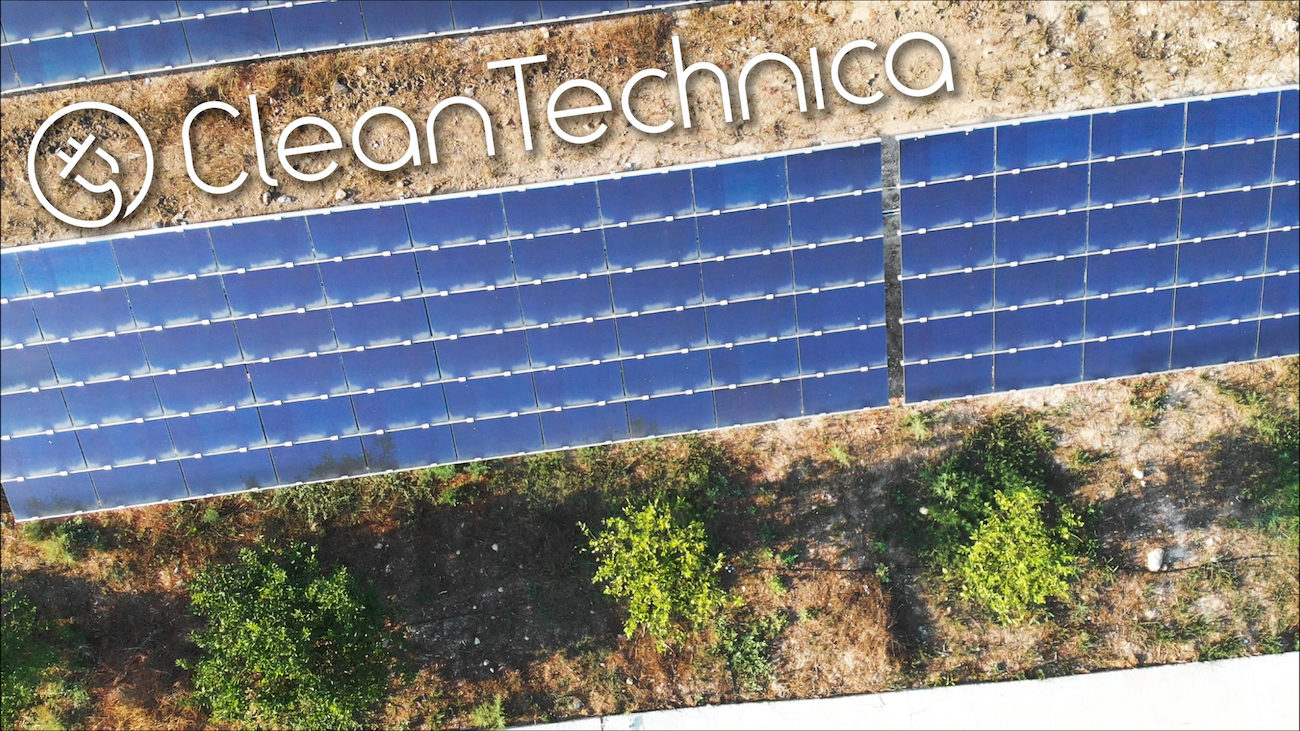SageBrush
REJECT Fascism
But overall there's a relatively easy response for ICEVs to fuel hassle: increase the fuel tank size.
Fair point, but it does reduce cabin size and it has R&D costs related to the extra weight. I know some the German diesel passenger cars were equipped with large fuel tanks. It was a marketing point that those car owners were quite proud of.








